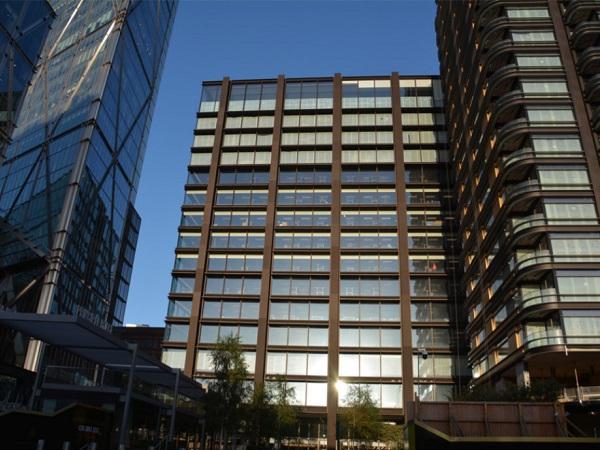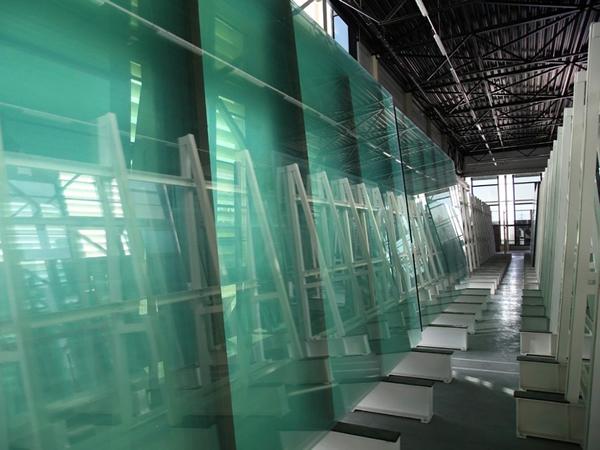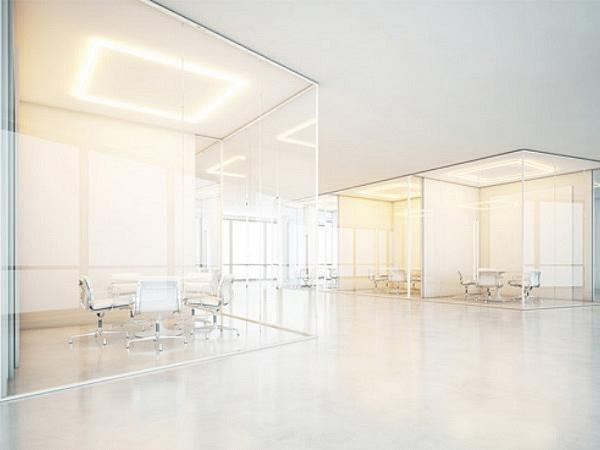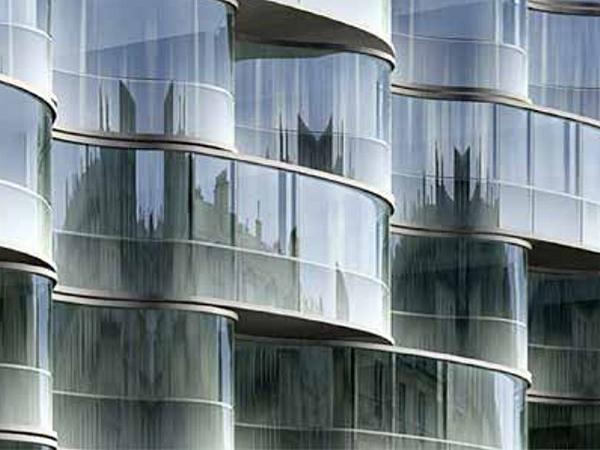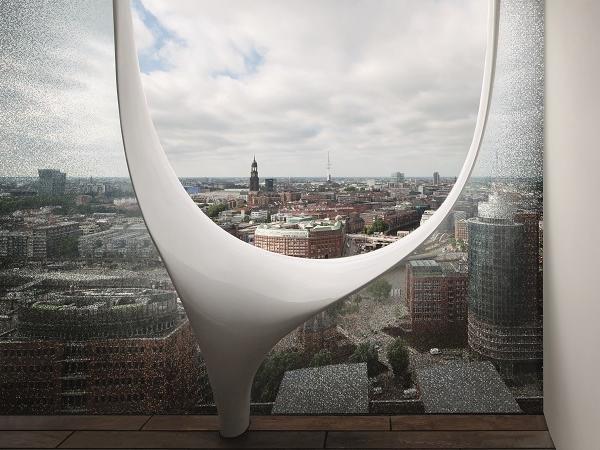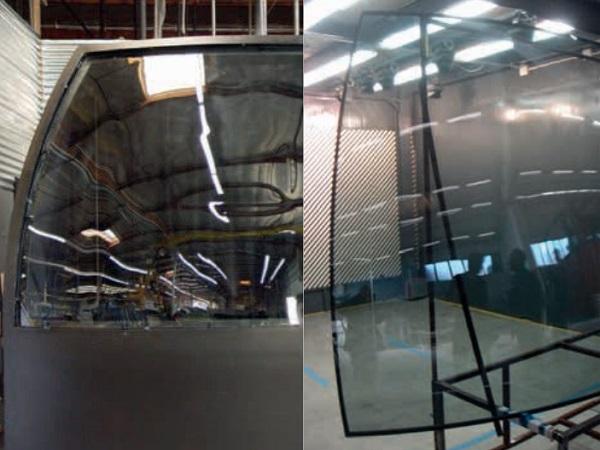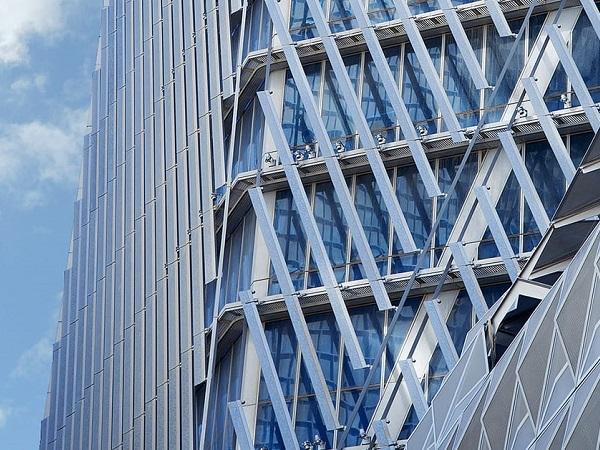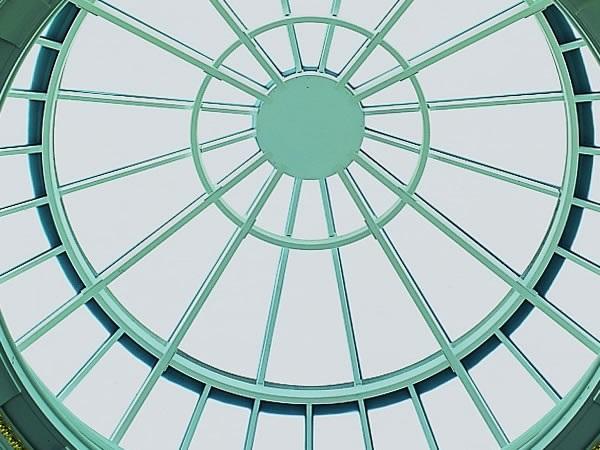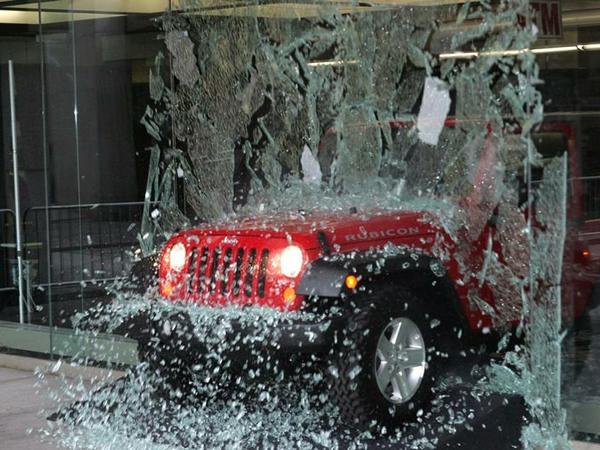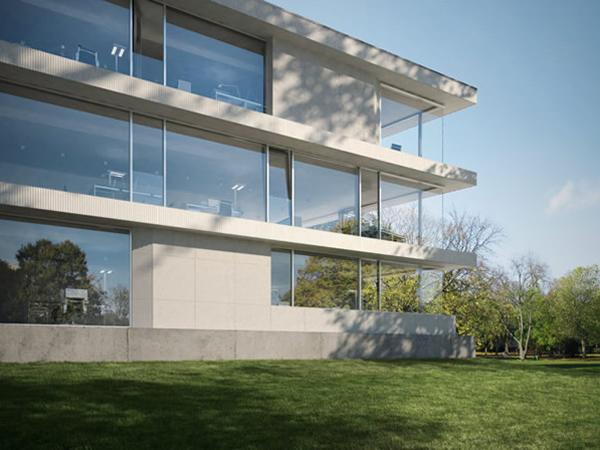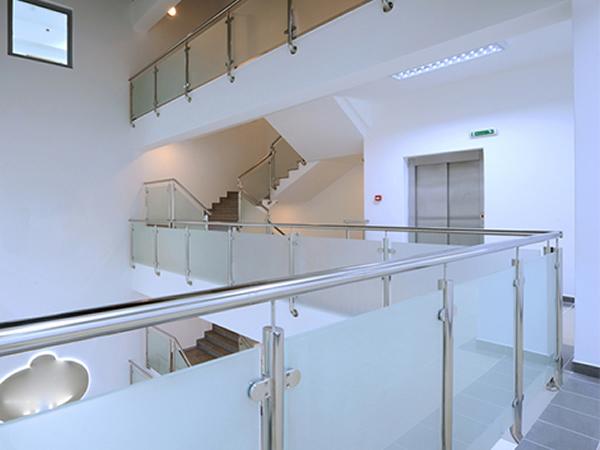Others also read
| Glass balustrades are a common application of laminated glass, wherein the glass panel acts as a structural member that is required to sustain lateral design loads as stipulated by building regulations.
| The refurbishment of Hall access involves the complete demolition of existing access for the construction of a new lobby with greater transparency. To get this new image, the architect choose a solution in structural glass, without other structure.
| Durability Testing Under Climatic Influences and Mechanical Loads
| In the last decade there has been a trend in Architecture to design façades in which all structural elements are made of glass. This trend has also extended to other parts of the building such as rooflights, staircases, etc.
| 111 Main presented a unique challenge of façade design.
| The combination of the double-skin concept with unitized systems made current typologies of double glazed units possible.
| It is well known that laminated safety glass (LSG) is a material that is specifically processed because of its composition.
| This paper presents the results of an exploratory study into the metal-to-glass bond strength of a structural polyvinyl butyral (PVB) interlayer.
| Overview of the three available techniques for WS de-airing.
| Numerous innovations have been seen in the last decades concerning new façade technologies. These were driven by new materials or new applications of known materials, such as glued-on wall structures (structural glazing) in the 60’s and 70’s.
| This paper will discuss the psychology of perception, threshold, and emotion in interior glass design.
| The aim of this paper is to show that it is possible to reduce costs while maintaining clear architectural, constructive and structural concepts.
| New technological advances in glass have taken curved glass fabrication to different levels of complexity and performance in the last few years, and design continues to drive into new frontiers.
| Researchers and engineers search for solutions to achieve transparent lightweight structures combined with high structural performance.
| The compatibility of two or more materials consists in their capacity to co-exist in juxtaposition for an indeterminate period of time without manifesting signs of detachment (delamination), discoloration or alterations produced by chemical interactions.
| The construction typology of the curtain wall arose with Joseph Paxton’s Crystal Palace and accelerated in the 20th century.
| This year the special show will address the four focal themes Interactive Façades/Display Glass, Energy and Performance, Structural Glass and New Technologies.
| Arup are consulting engineers for a series of recent projects involving curved glass: The High Roller observation wheel in Las Vegas and a revolving feature lift for the new Louis Vuitton townhouse in London.
| A facade shouldn’t just dictate how a building looks, but how it works — especially in the harsh climate of Saudi Arabia.
| This article will focus on the edge stability of PVB and ionoplast laminates and address the potential causes of blemishes.
| With the myriad of glass type available now, it is often confusing what to choose in terms of safety, thermal and solar performance and balancing cost with the benefits on offer.
| Glass is a fantastic material… but sometimes it breaks.
| Structural glass can be used as a fantastic alternative to a traditional façade system.
| When it comes to safety glass, there are generally two options that architects and designers of today will tend specify: toughened glass and laminated glass.







